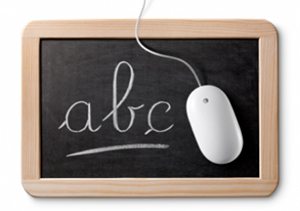How the State Pension is paid is changing for people retiring on or after April 6, 2016 – but you need to make some plans now to see how the new measures will affect your retirement income.
The Department of Work and Pensions has issued a set of guidance notes for employees and the self-employed, which are available to download online.
Here’s a quick guide to see if the changes will affect you:
Who qualifies for the new state pension?
The rules are different for men and women. The changes affect men born after April 6, 1951 and women born after April 6, 1953.
Both must have 10 qualifying years of paying national insurance contributions to get any payment and 35 years for the full payment. The current qualifying period for the full state pension is 30 years.
What is a qualifying year?
Three rules apply to make a year a qualifying year – employees must have been working and making national insurance contributions or self-employed and paying Class 2 national insurance or receiving tax credits or paying voluntary national insurance contributions.
If you contracted out in a workplace pension, your qualifying years may be reduced – see this factsheet for more guidance about contracting out.
How much will the state pension be worth?
The basic rate of the full state pension is expected to be £151.25, but the actual amount will be set by the government after September 2015 in line with the ‘triple lock’ guarantee.
The triple lock guarantees an increase in line with the highest of the Consumer Price Index, average earnings or 2.5%.
So, the starting maximum payment will be a minimum of £151.25 x 2.5%, which is £155.03 or £671.79 a month or £8,061 a year. This is a payment per person, so couples will receive double the amount, which is £310.06 a week or £1,343 a month.
Will I get the full payment?
The full state pension will not be paid to everyone. The payment will be the higher of amount someone would be paid under the current state pension rules or the amount you would get if the new state pension rules were in place the day you started working.
Basically, everyone will have a personal state pension calculation – but anyone can find out how many qualifying years they have by asking for a state pension statement.
The statement is available by applying online and shows how many qualifying years you have towards your state pension.
